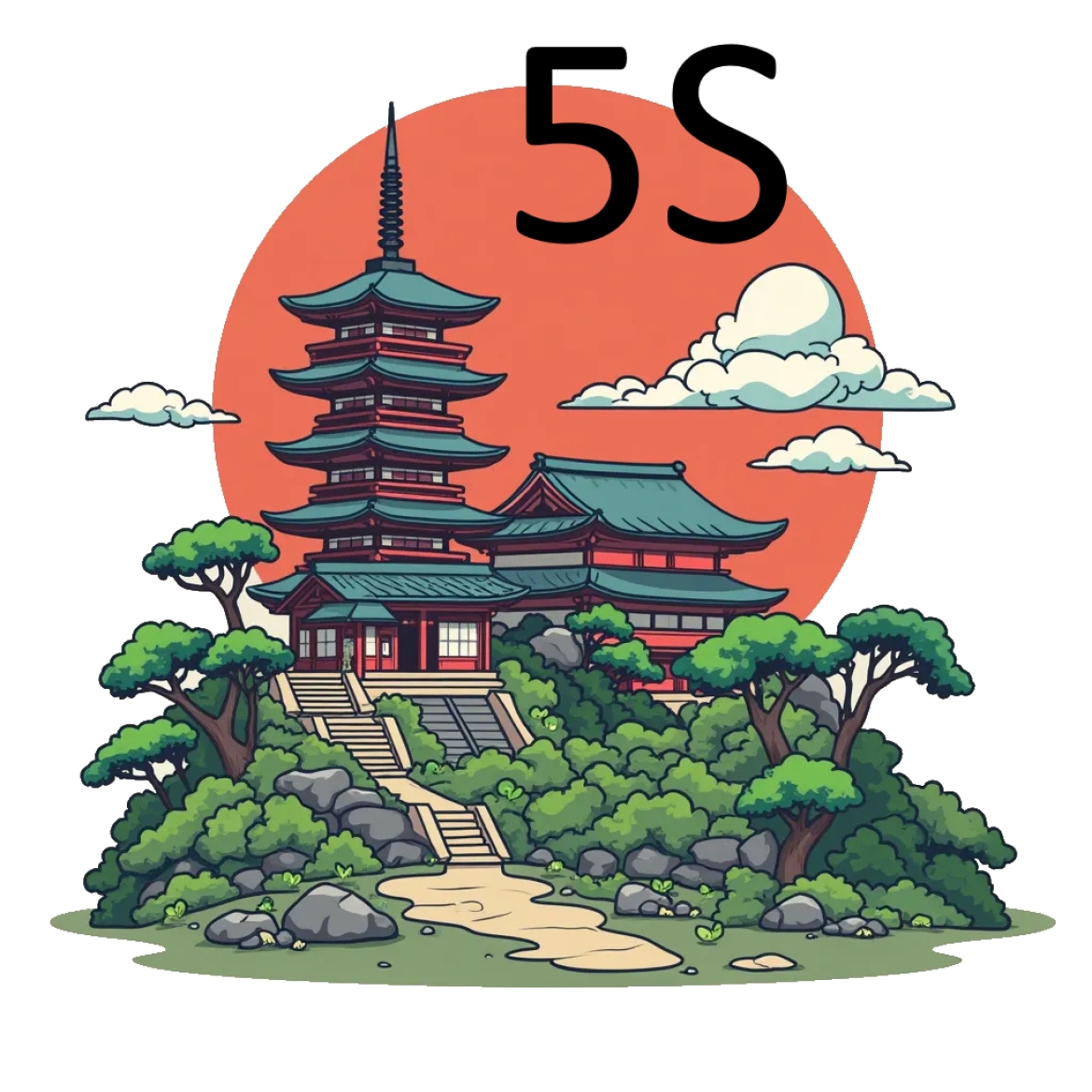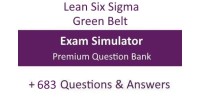The 5S methodology is a Japanese strategy designed to organize and optimize the workspace through five fundamental principles: Seiri (Sort), Seiton (Straighten), Seiso (Shine), Seiketsu (Standardize), and Shitsuke (Sustain).
- Seiri - Sort: Imagine being in a Michelin-starred kitchen. The renowned chef has a strict rule: remove everything unnecessary during dish preparation. Once, he conducted an experiment by eliminating all non-essential tools, and surprisingly, the prep time decreased by 30%. This shows how effective it can be to keep only the essentials at work.
- Seiton - Straighten: One day in a toy factory, a worker had an epiphany while looking at a puzzle. He decided to apply the same principle to his tools: each piece had its designated spot. Not only did he cut the time spent searching for tools in half, but his workstation became a model of efficiency for the other departments to follow.
- Seiso - Shine: There’s an urban legend about an employee who had an uncanny ability to find hidden documents. How did he do it? By simply cleaning his desk every week. He discovered that during these cleanings, he often found lost ideas or important notes, a wonder that other colleagues began to emulate.
- Seiketsu - Standardize: Consider an astronaut working on the International Space Station, where every action and movement must be standardized and precise. By applying Seiketsu, every tool and procedure was optimized to ensure safety and efficiency. On Earth, many companies adopted a similar system of labels and colors to ensure everything stayed in place.
- Shitsuke - Sustain: In a consulting firm in the early '90s, there's a story of a manager who used a special bell. Every time a team reached a 5S goal, the bell would ring to celebrate, keeping motivation and enthusiasm high. Though playful, this practice promoted a culture of discipline and respect for 5S.
These anecdotes, illustrate how applying 5S can transform the workplace, not only in terms of physical organization but also in company culture and mindset.







